December 17, 2015
Redevelopment confirmed for one of Leeds’ most prominent office buildings 0
 Network Rail has agreed a 150-year lease to enable redevelopment of one of Leeds’ largest and most prominent office buildings which sits above Leeds train station. The extension of the ground lease at Bruntwood’s City House in Leeds will facilitate the redevelopment of the 12-storey office building. Bruntwood obtained planning permission earlier this year to undertake an extensive refurbishment of the vacant 121,000 sq ft office building which will feature a roof garden, business lounge and meeting space. Co-working and small suites will be introduced to cater for smaller start-up businesses whilst wings of up to 4,900 sq ft and full floors of 9,630 sq ft will be available for established companies seeking more space. As owners of the freehold Network Rail has worked closely with Bruntwood over the last 12 months to bring forward plans to redevelop the property – with the revenue generated from the lease being reinvested back into the railway.
Network Rail has agreed a 150-year lease to enable redevelopment of one of Leeds’ largest and most prominent office buildings which sits above Leeds train station. The extension of the ground lease at Bruntwood’s City House in Leeds will facilitate the redevelopment of the 12-storey office building. Bruntwood obtained planning permission earlier this year to undertake an extensive refurbishment of the vacant 121,000 sq ft office building which will feature a roof garden, business lounge and meeting space. Co-working and small suites will be introduced to cater for smaller start-up businesses whilst wings of up to 4,900 sq ft and full floors of 9,630 sq ft will be available for established companies seeking more space. As owners of the freehold Network Rail has worked closely with Bruntwood over the last 12 months to bring forward plans to redevelop the property – with the revenue generated from the lease being reinvested back into the railway.












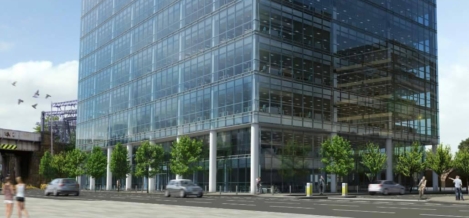
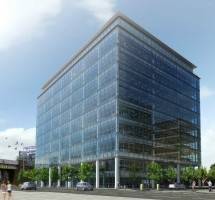


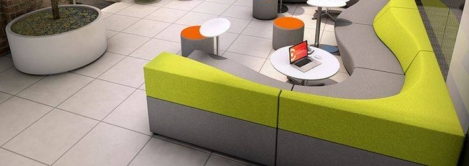
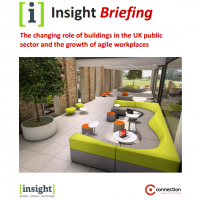
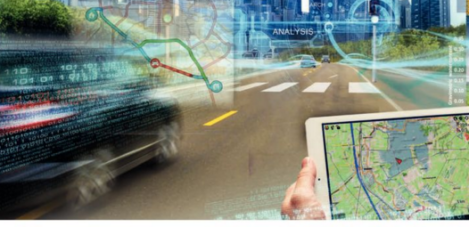
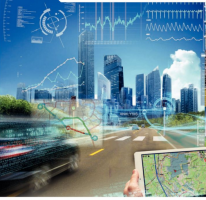

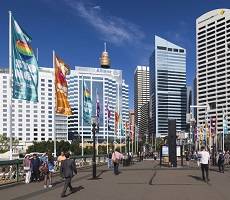
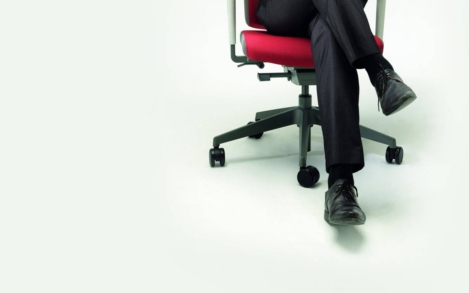
 In years gone by, a ‘one size fits all’ approach to office design might have been the norm, but as the decades have progressed, so too have the options available to businesses designing ‘homes from home’ for their office-based workforces. As new interpretations of the office environment proliferated, so the open plan model came to into being and eventually evolved into the default office design model. This initially brought greater variety than ever before but, ultimately, a one size fits all mentality in
In years gone by, a ‘one size fits all’ approach to office design might have been the norm, but as the decades have progressed, so too have the options available to businesses designing ‘homes from home’ for their office-based workforces. As new interpretations of the office environment proliferated, so the open plan model came to into being and eventually evolved into the default office design model. This initially brought greater variety than ever before but, ultimately, a one size fits all mentality in 
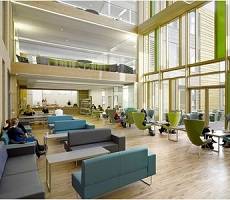









December 15, 2015
Seven essential workplace design trends to keep an eye on during 2016 0
by Dan Callegari • Comment, Facilities management, Workplace design
(more…)